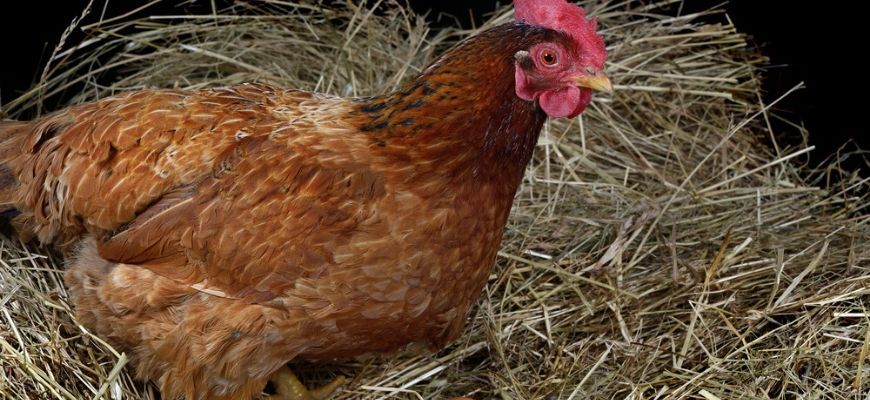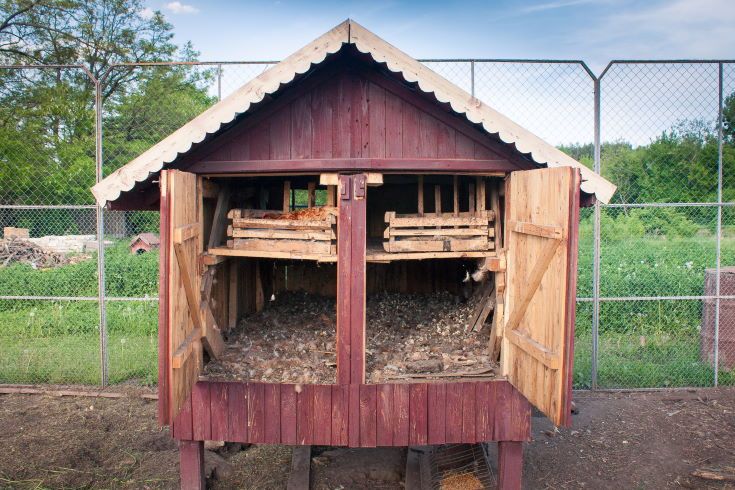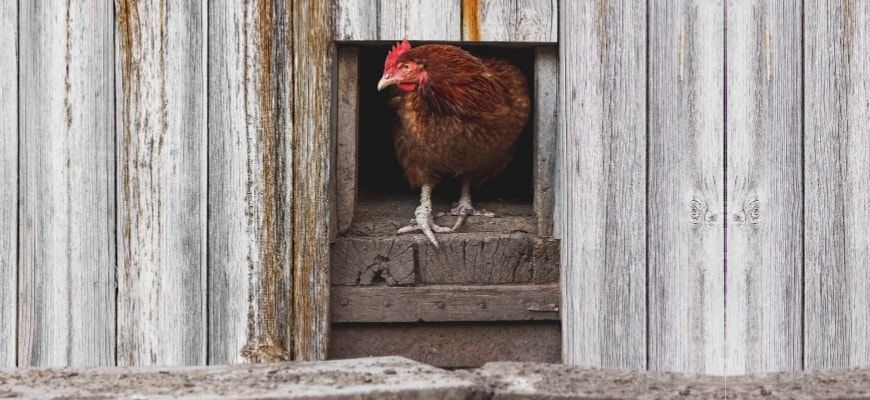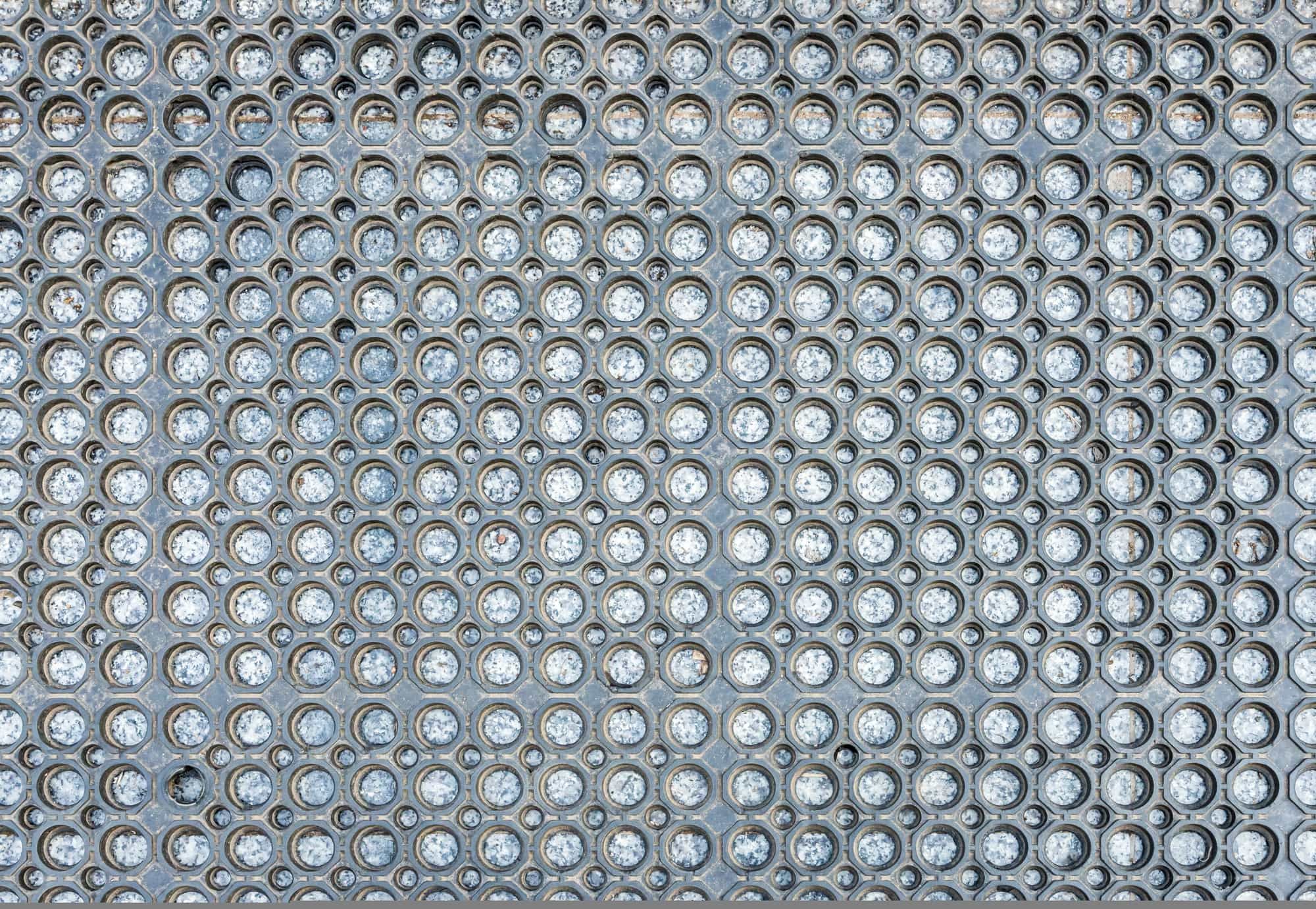If you own chickens or are flirting with the idea, you most likely have already explored the various coop designs and sizes for your flock’s needs. But what some people overlook is what to put on the floor of a chicken coop to help make your chickens comfortable, and make your cleaning chores easier.
What you cover your floor with can help control moisture, provide insulation, and also help halve the time it takes to keep it clean and healthy for your animals. Depending on the style of coop you won, and the type of flooring you have may make some options better than others. Take a look at the options we discuss below to give you a good idea about what is best for your flock’s needs.
Benefits of Floor Bedding
As mentioned above, providing a floor covering or bedding of some sort can help with a variety of things- namely creature comfort and overall cleanliness. Keeping the coop clean helps with year-round animal health, control of rodents and insects, and avoidance of moisture buildups that can result in bacterial and fungal growths.
If you already keep chickens you may have discovered your favorite materials to use, or even use more than one depending on the style of your coop. If you are looking to start your own flock, you most likely will determine through planning and installation which are best for you. Although this is one of those topics that seems to allow everyone to have an opinion over which is the safest, cleanest, and most effective- your climate, weather, coop design, and personal preference is more important to a happy hen house compared to anything else.
Common Flooring Options
The floors of your coop don’t just vary in shape and size, but also in what they are made of. What you place on your floor may be dependent on the material your floor is. Raised coops often have flooring made of plastic, in the shape of a removable tray, wood, or even chicken wire supported by strips of wood to allow waste to pass through.
Coops that sit on the ground may have a dirt floor, wood, concrete, or plastic. These are more stable and allow you to have some more flexibility in what you use since you don’t have to worry about the addition of weight. Choosing the right flooring is entirely up to your own preferences and coop design.
Best Floor Beddings to Consider
The following options are commonly used for a variety of reasons. They can be used with one another, or on their own, and also can be used at various times of the year to address whatever issues you find you may have with the changing seasons. For example, if it rains in the spring you may want something that is moisture absorbing to avoid dampness and increased humidity within the coop.
Sand
Sand is an excellent addition to permanent (non-removable) coop floors that lay flush to the ground. It not only absorbs moisture and waste for easy cleanup, but it also provides material for chickens to dust bathe and scratch within.
Be sure to use construction sand that is more natural, and be wary of the weight it can add if you do have any sort of rise to the floor beneath it.
Straw
Straw is not highly absorbable, but this is a good thing since it also doesn't easily rot and decay. It is light, fluffy, and works wonderfully well to provide a thick insulating layer against a cold floor. It also is a course and keeps waste from falling through. The waste builds up on it for easy cleaning as well.
Pine Shavings
Pine shavings smell great, are budget-friendly, and are highly absorbent. Because of this, they are a popular floor covering for both raised coops, and those set on the ground. They allow for a degree of insulation as well and is easy to clean waste from. Be aware that cedar shavings are not the same, and despite how good they smell, they may be problematic to chickens.
Shredded Paper
Shredded paper is a great way to add insulation and absorption to your coop. Although not as long-lasting as other options, it is easy to come by and free if you regularly shred paper. Also, once soiled, it can be tossed in the compost pile!
Rubber Mats
Rubber mats are a great way to provide protective flooring to your existing flooring. It can serve as a stand-alone that you simply pull out to hose off, or be used with any of the above-mentioned bedding materials for warmth, absorption, and cleanliness. Mats of various sizes can be cut to fit your coop floor perfectly, and lightweight choices can be used in raised coops as well.
Nesting Boxes
The floor of your coop is very different from the nesting boxes. Floors are subject to waste and regular ‘foot’ traffic, while a nesting box is used for making a comforting area for eggs to safely be laid within. Occasionally you may have a chicken nest on the edge of a box and deposit waste as well.
Nesting boxes can take advantage of any of the above mentioned bedding choices. The use of a thin layer of sand, or a mat underneath softer materials, such as straw or shavings, will help keep it dry and secure. Be sure to provide materials that the hen can manipulate into a comfortable place for her to sit when she lays.
Conclusion
What you decide to line your chicken coop floor with is entirely up to you, but take into account your foundational floor, weather, climate, and overall size of your coop to decide which is best. Sand words best on those floors that are already resting on a solid ground surface since it can get heavy, but works well for absorption. Other options can be used on their own or used together to create a comfortable, clean space.
If you have a favorite bedding option for your coop or any questions, please let us know below. And, as always, please share.





